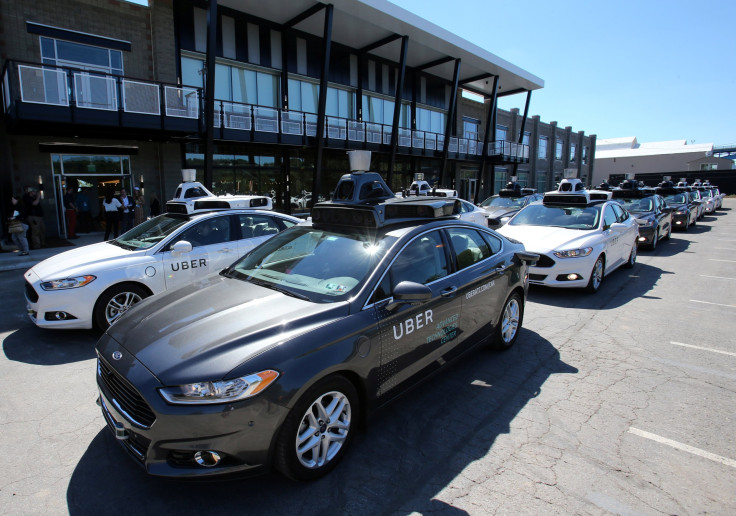The End Of Driving? Why Children Born Today Will Never Drive A Car

The auto industry's embrace of self-driving technology has been accelerating fast: On Wednesday, Audi announced that it would put fully-automated cars on the market in the next three years, while a fully autonomous Renault ZOE hit the road in Boston. Those technological advances mean that by the time today's toddlers come of age, they'll likely never even have to get behind the wheel of a car, according to Henrik Christensen, the director of the University of San Diego’s Contextual Robotics Institute.
“My own prediction is that kids born today will never get to drive a car,” Christensen told the San Diego Union-Tribune in mid-December, ahead of a conference of 30 robotics scientists at the university in February. “Autonomous, driverless cars are 10, 15 years out. All the automotive companies—Daimler, GM, Ford—are saying that within five years they will have autonomous, driverless cars on the road.”
In addition to the automakers Christensen mentioned, ride share services Lyft and Uber have also geared up for the future of self-driving vehicles, with the John Zimmer, the co-founder of the former announcing in a September Medium post that his company will have a “fully autonomous fleet of cars” in the next five years. Zimmer’s post came four days after competitor Uber announced that it had begun testing driverless cars in Pittsburgh, inviting its “most loyal Pittsburgh customers to experience the future first,” according to a company press release.
As for how this new trend could affect the transportation sector, Christensen envisioned fast-food deliveries and freight trucks avoiding rush hour, an end to parking garages and more free time for commuters.
“In theory, you’d get out of the car and say, ‘Pick me up at 4 p.m.,’” he told the local newspaper. “Long-term—we’re talking 20 years into the future—you’re not even going to own a car. A car becomes a service.”
But use of the technology hasn’t been smooth sailing on all fronts. In June, the National Highway Traffic Safety Administration opened an investigation into the fatal crash of a Tesla Model S that had been relying on the Elon Musk-led company’s Enhanced Autopilot system, which the company planned to roll out by the end of December, but is still testing.
Tesla Autopilot vision neural net now working well. Just need to get a lot of road time to validate in a wide range of environments.
— Elon Musk (@elonmusk) December 22, 2016
Aside from the dangers of artificially intelligent eyes on the road, so to speak, Christensen worried about the future of low-skilled workers. The group would see a “significant displacement” among taxi drivers, truck drivers and similar workers as the trend accelerates, he said.
“So the question is: What will they do?” Christensen asked. “The unskilled laborers are the ones who are in danger. They have jobs that can easily be done by robots. The question is, ‘Can we retrain those people fast enough for the new jobs that will be created in areas like manufacturing?’”
© Copyright IBTimes 2025. All rights reserved.




















